Kensington Palace is a historic treasure trove steeped in over 300 years of royal history. Nestled amidst the lush Kensington Gardens, the palace has witnessed countless tales of love, power, and intrigue.
The Stuart monarchs, King William III and Queen Mary II, acquired the country estate in the late 17th century and transformed it into a palace. Since then, Kensington Palace has played a pivotal role in the lives of British monarchs and nobility.
On a visit, you can step back in time and explore the regal halls, opulent apartments, and enchanting gardens where young royals like Queen Victoria, Princess Diana, and William and Kate lived.
In fact, the palace is a bit of a shrine to Diana, since her death in 1997.
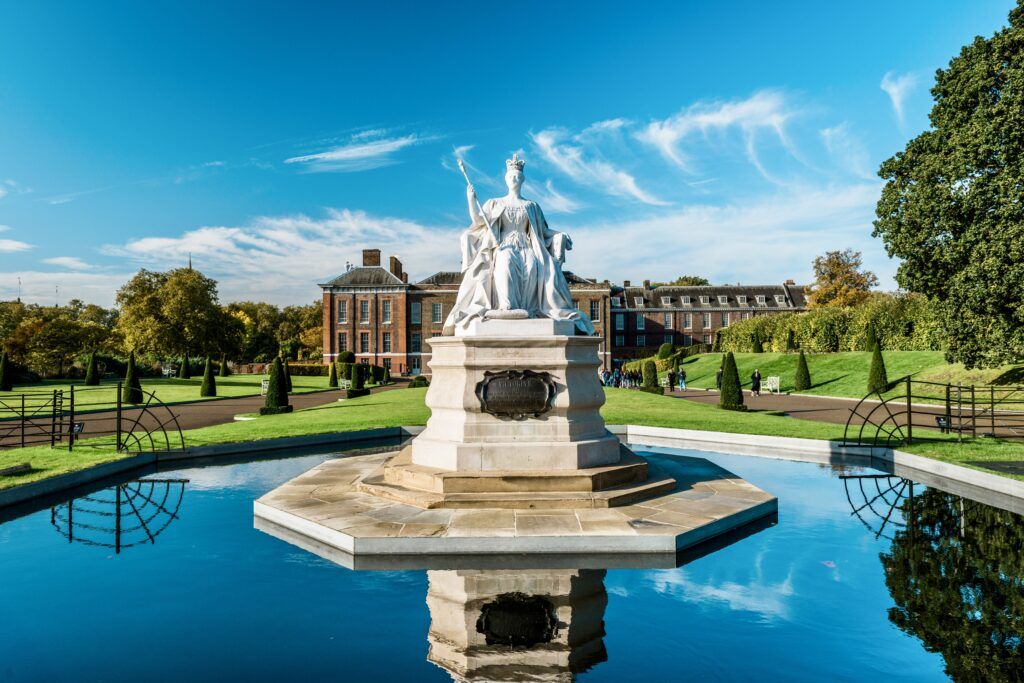
You will see “history hotspots” around the palace where events that shaped the nation took place.
The palace is also home to a fairly good collection of royal portraits. Not the quality you’ll find at the National Portrait Gallery, but still solid nonetheless.
In this Kensington Palace guide, I tell you everything to see at the palace and give you must know tips for visiting.
>>> Click here to pre-book a timed entry ticket
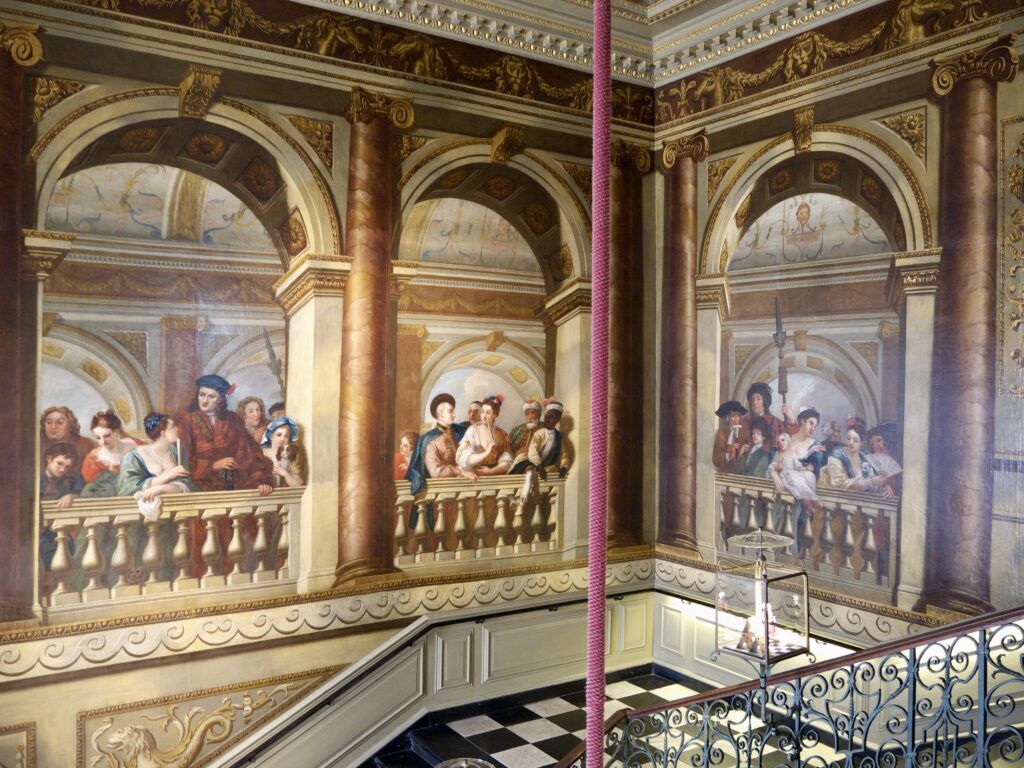
Guide To Kensington Palace: What To See
Here are the highlights you’ll see on a visit. As you explore, you’ll follow a well-marked museum path with clear arrows guiding your way.
The royal apartments are those of the Stuart monarchs, William III and Mary II, Queen Mary II, Queen Anne, and King George I. They were the first British royal dynasty to call Kensington home.
You won’t see the private apartments of the modern royals. Those are strictly off limits.
King’s Staircase & Mural
The King’s Staircase was designed by William Kent. It’s marble and wrought iron.
George I also commissioned him to paint the the tromp l’oeil staircase murals in 1726. The imaginary architecture framing the painting was inspired by palaces in Rome. Every person depicted in the mural was once a visitor to the palace.
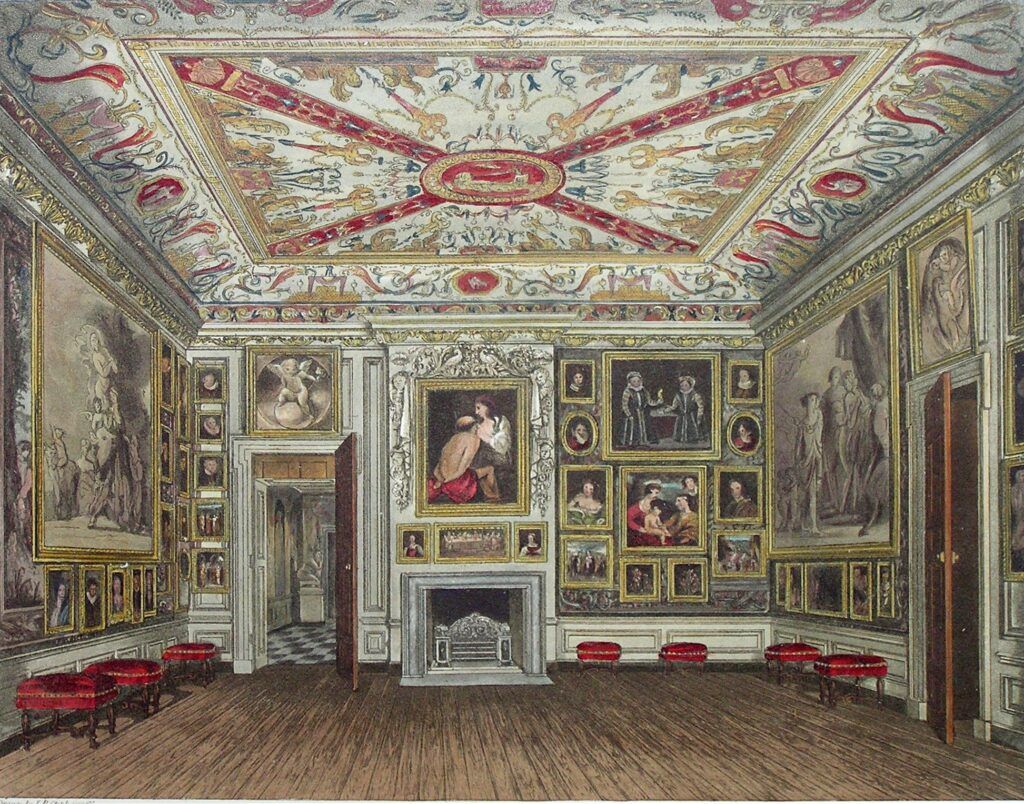
King’s State Apartments
The staircase leads you up to the first circuit of rooms, the King’s State Apartments.
You’ll pass through the Presence Camber, the Privy Chamber, the Cupola Room, the Throne Room, and the King’s Drawing Room. They all have interesting ceilings.
The Throne Room was where the monarchs and courtiers were immediately greeted by the throne and canopy of state, symbols of the monarchy. Even if the king were absent, visitors would still be expected to bow to the throne.
The Presence Chamber has a Pompeiian style fresco of Apollo in his chariot, inspired by villas like the House of Augustus in Rome.
The Privy Chamber has a magnificent ceiling painted by William Kent in 1723. It depicts the Roman gods of Mars and Minerva surrounded by allegories of the arts and sciences.
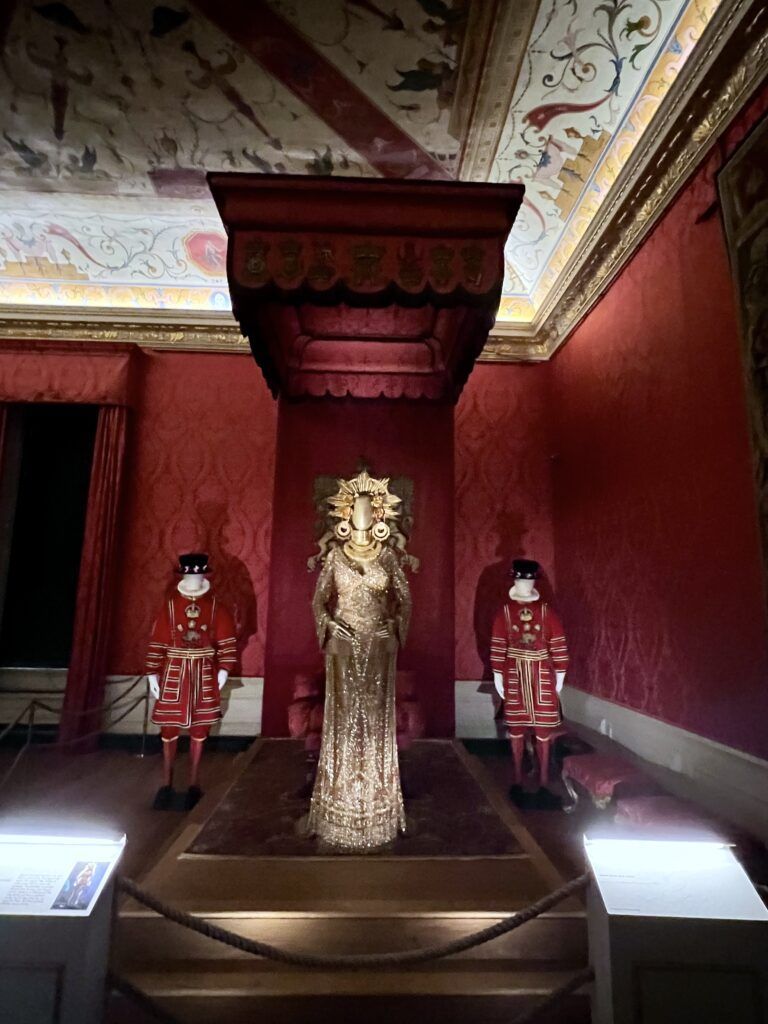
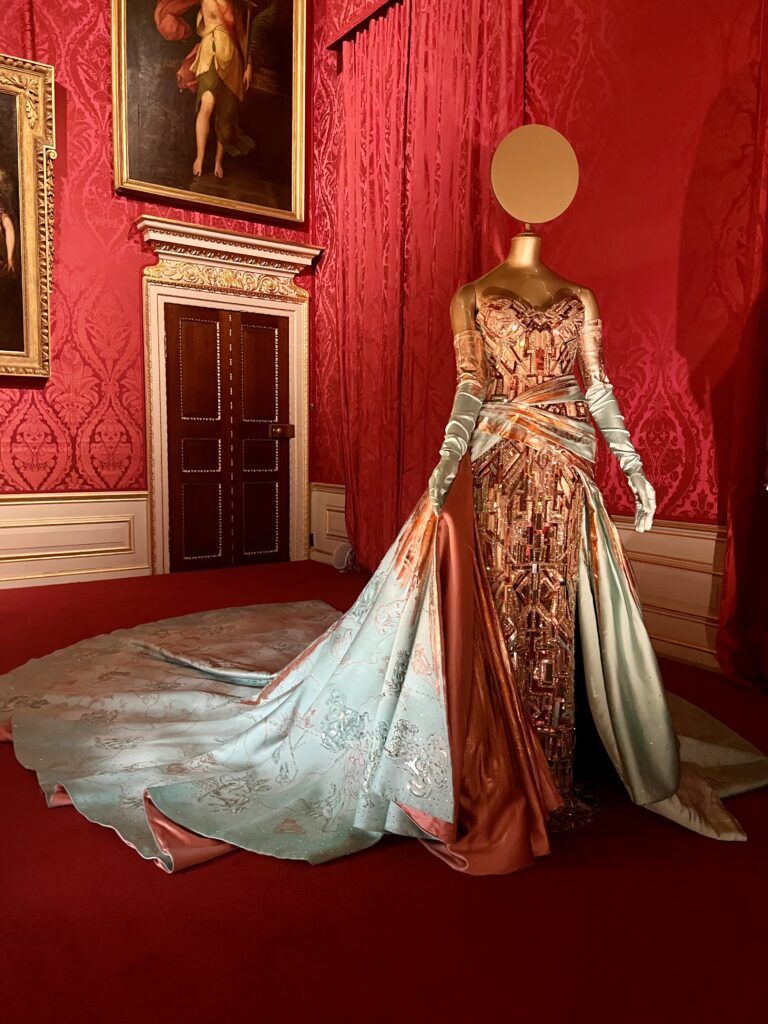
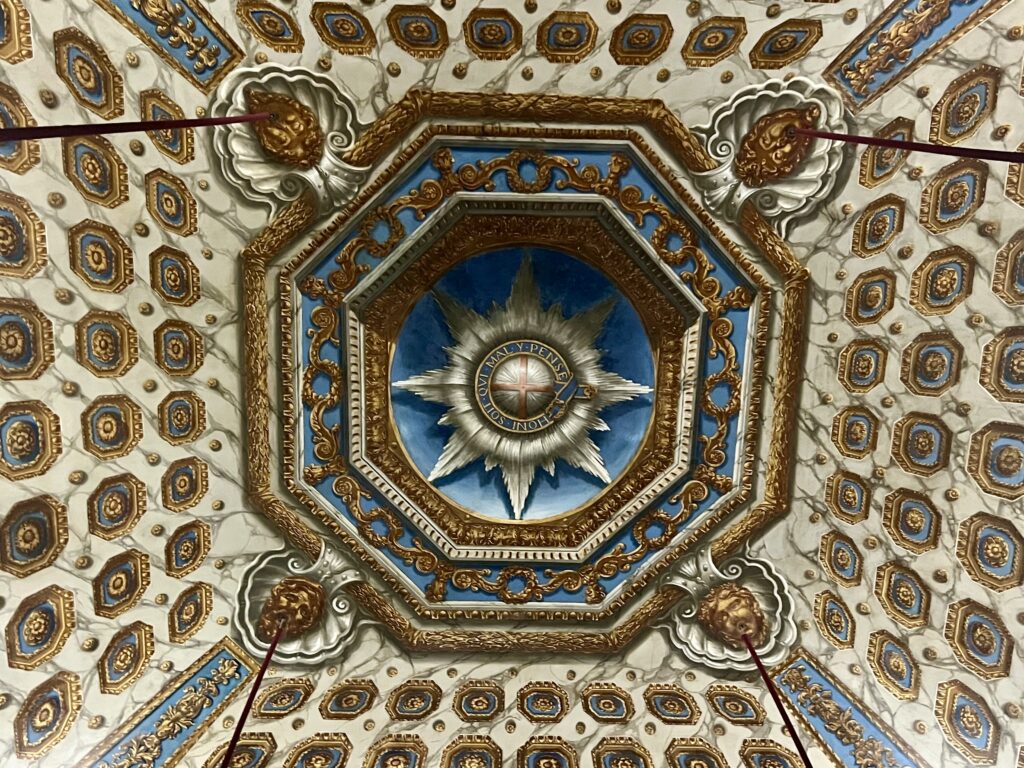
Kent was also responsible for the ceiling in the Cupola Room. The strange object you see in the center of the room is an oversize music box that played music by Handel.
The King’s Drawing Room caused a famous royal argument. In 1735, while King George was away, Queen Caroline replaced the Italian paintings with artworks by Anthony Van Dyke.
This infuriated the king! He insisted they be re-installed. Even the “Fat Venus” painting by Giorgio Vasari that Caroline hated.
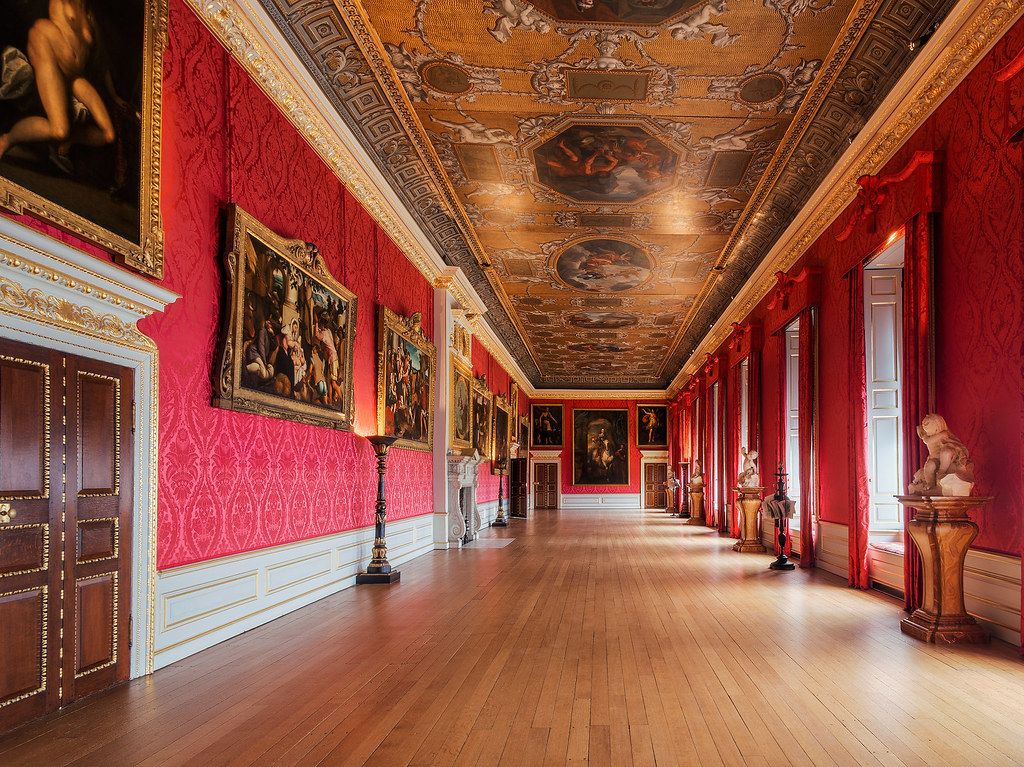
King’s Gallery
The King’s Gallery was built for William II in 1700. But it was redecorated in 1725 by Kent.
It’s now done up in red damask and red curtains. Seven large ceiling frescos show scenes from the life of Ulysses.
There are paintings by the 16th and 17th century Italian artists, including Veronese, Bassano, and Tintoretto.
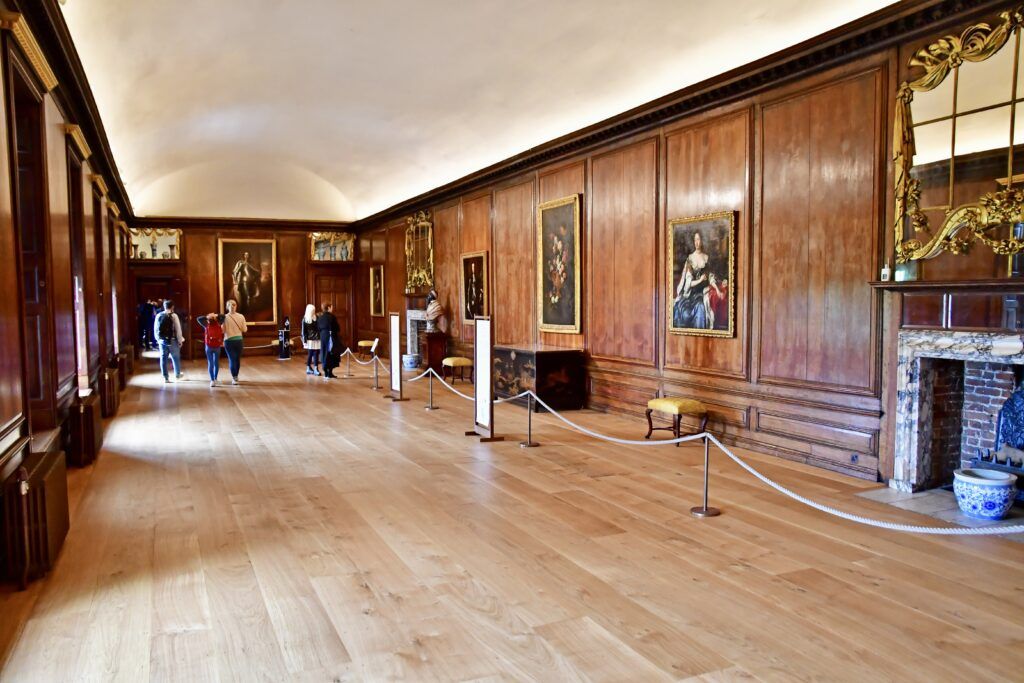
Queen’s State Apartments
In the Queen’s apartments, the museum lifts the curtain on the lives of Mary II, Queen Anne, and the House of Stuart family.
As was the fashion of the day, the rooms are deliberately plainer and more intimate than those of the king.
You will stroll through the Queen’s Gallery, the Queen’s Closet, the Queen’s Dining Room, and the Queen’s Bedroom.
The Queen’s Gallery has portraits of William and Mary. This was a social room, where the queen’s ladies in waiting would gather.
If the queen needed an escape, she withdrew to the Queen’s Closet. It’s a wood paneled room hung with blue silk damask and filled with lacquer furniture. It displays Mary’s porcelain collection and was once filled with pillows for her pugs.
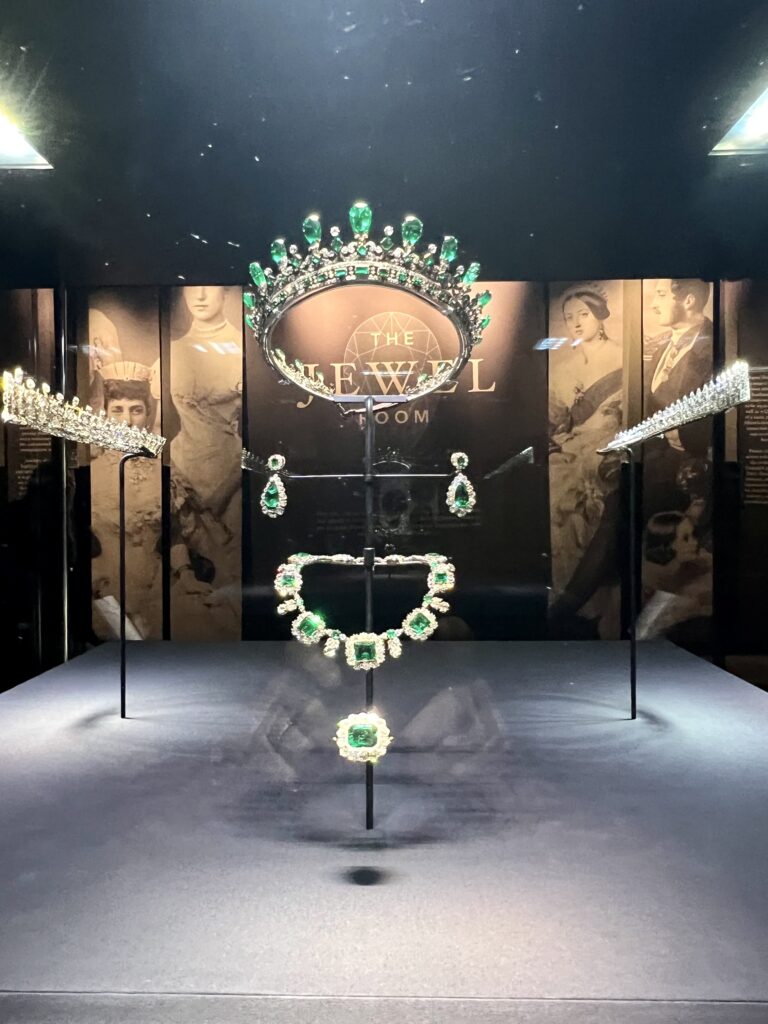
Jewel Room
The Jewel Room displays jewelry that Prince Albert commissioned for Queen Victoria.
There is a magnificent diamond and emerald tiara, emerald necklace, earrings and a broach. You can see the exquisite craftsmanship of 19th century goldsmiths and Prince Albert’s unique design tastes.
There are also two diamond tiaras, the Kokoshnik tiara and Fife tiara. They belonged to her granddaughter, Princess Louise.
Victoria often chose to wear a tiara instead of a crown to avoid an overt display of superiority over her husband.
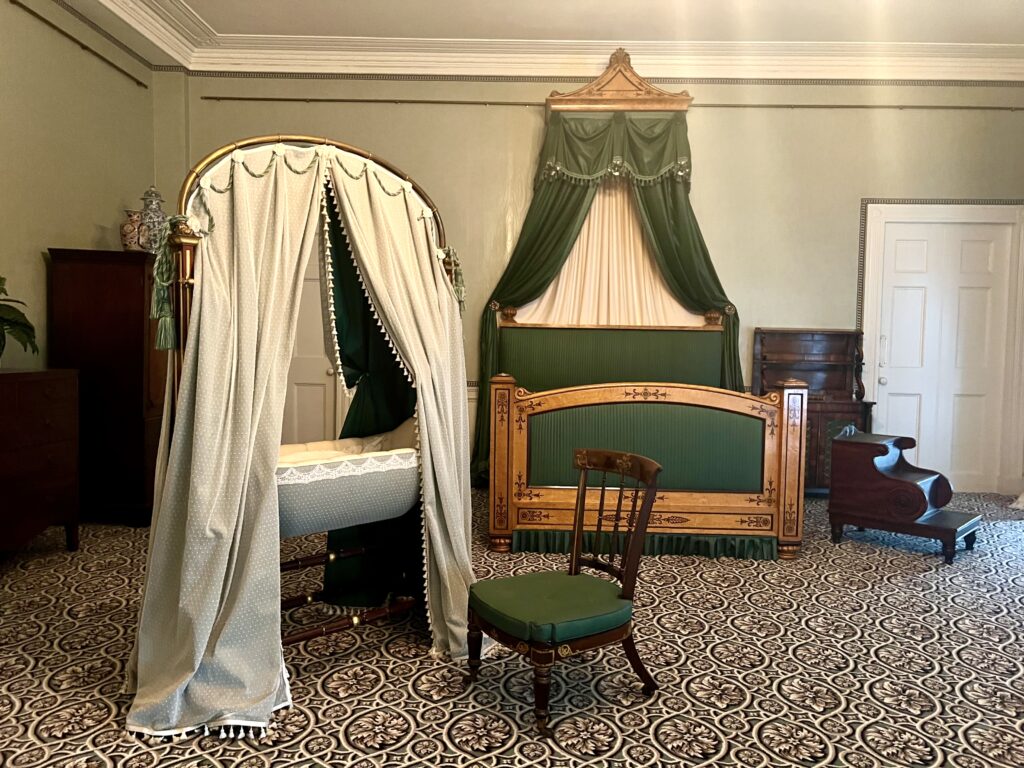
Victoria: Royal Childhood Exhibit
Queen Victoria was born at Kensington Palace on May 24, 1819. On that day, she was 5th in line for the throne.
Her parents traveled to England from Germany so that their baby could be born in England. She arrived safely, with her mum saying she was “a pretty little Princess, plump as a partridge.”
This exhibit follows the young princess’ journey from her birth to the bitter feuds that plagued her adolescence to her formative years as one of Britina’s most significant monarchs.
As a young girl, Victoria loved dressing up, writing stories, and making costumes for her dolls. She loved going to the opera and ballet.
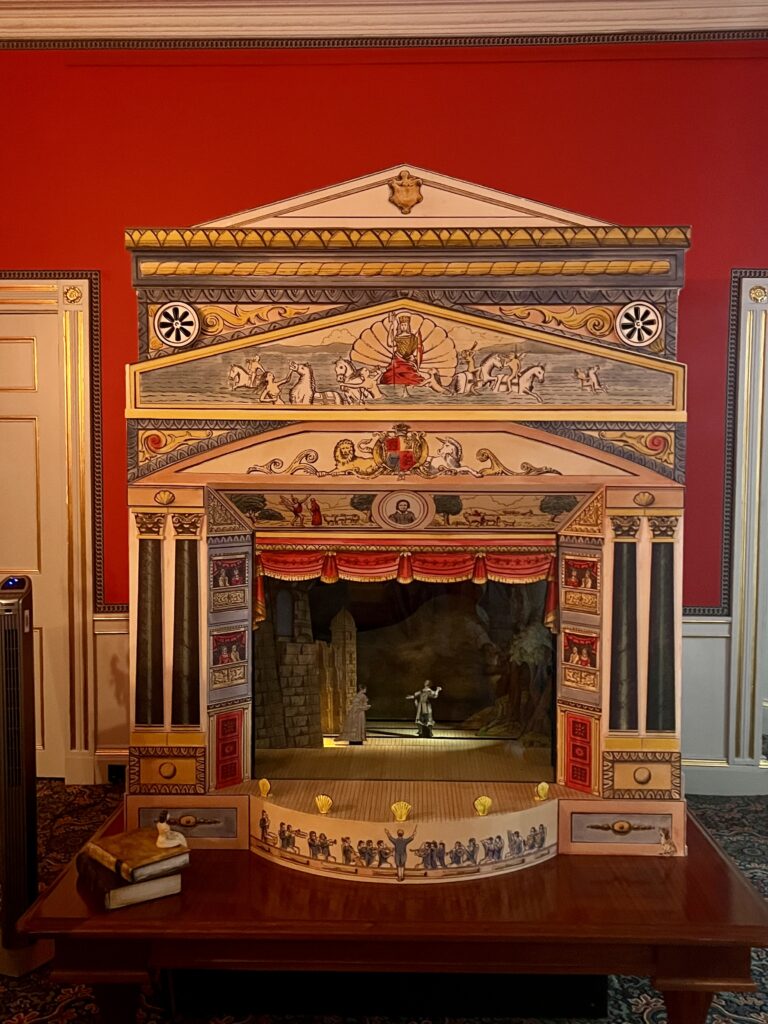
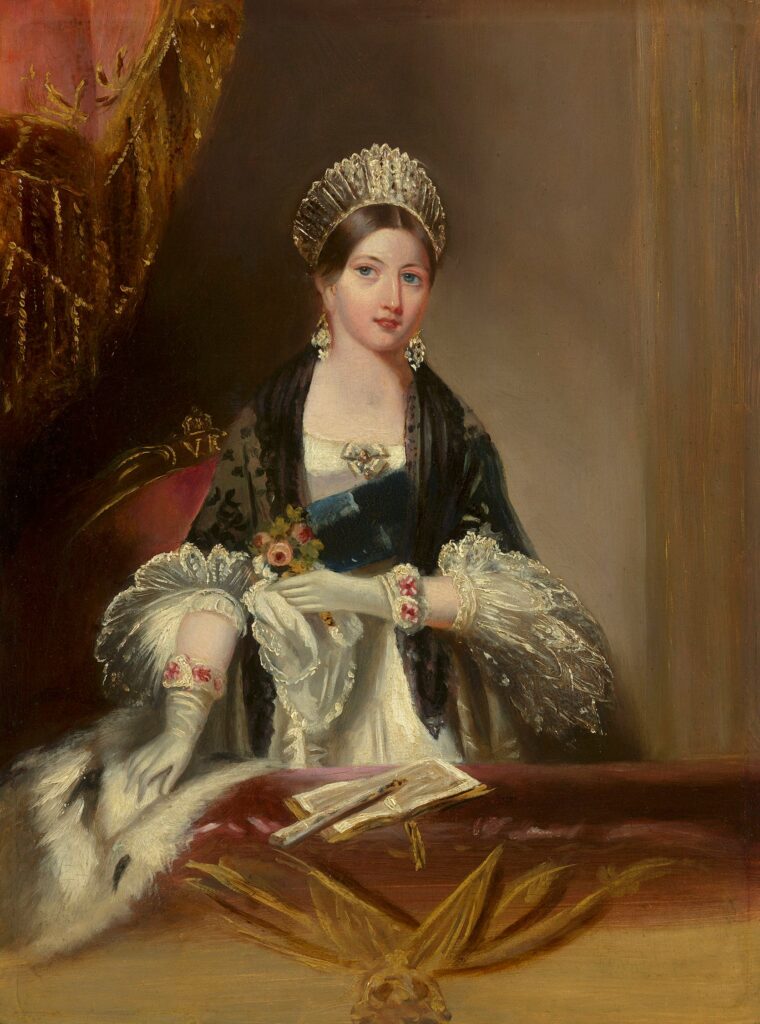
During that time, the palace was governed by a strict set of rules known as the “Kensington System,” devised by the Victoria’s mother and her advisor, Sir John Conroy.
This system aimed to control and isolate the young princess and restrict her contact with the outside world. Not surprisingly, this lead to conflicts within the royal family and Victoria’s rebellion.
At age 18, Victoria became queen and moved into Buckingham Palace. Her coronation took place at Westminster Abbey.
At age 20, Victoria married Prince Albert. It was a love match that produced 9 children.
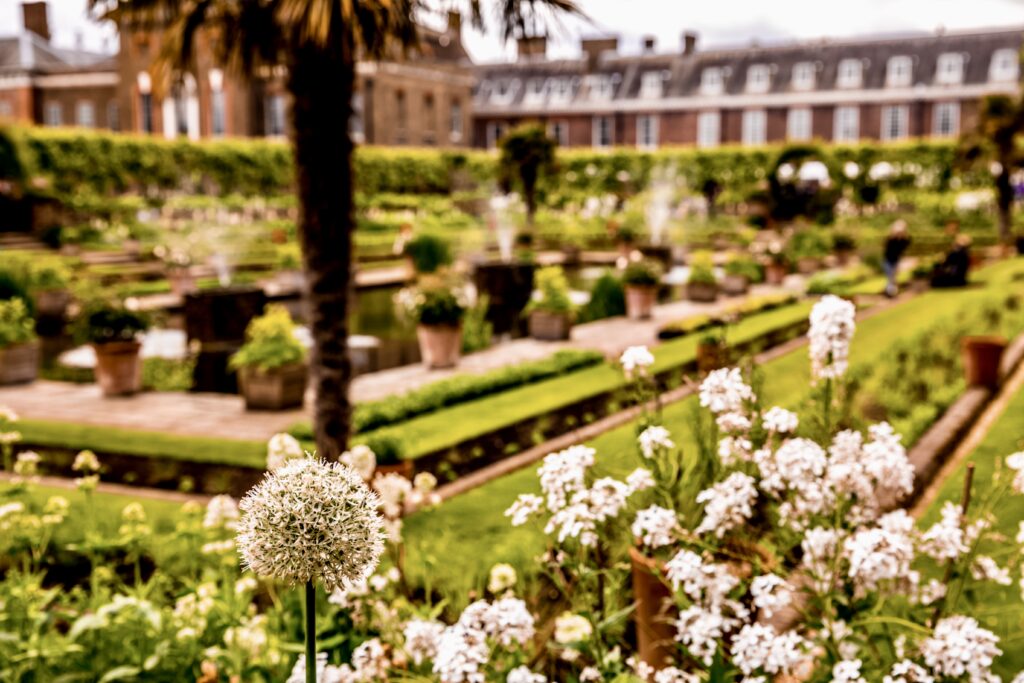
Palace Gardens
Much care and expense has been lavished on the palace gardens, which changed depending on the royal in residence and the current fashion.
In 2012, the gardens were again transformed, reconnecting the building with its landscape setting.
One thing that remains is Queen Anne’s magnificent Orangery. It’s a Baroque style brick building designed by the architect Sir John Vanbrugh.
It was originally used to house and protect citrus trees and other tender plants during the winter months.
The Sunken Garden is one of the pretties parts of the garden. It was a favorite haunt of Princess Diana. And a bronze statue of Diana was unveiled in 2021, on what would have been her 60th birthday.
Prince Harry and Meghan posed for their engagement photos in the Sunken Garden in 2017.
The best part is that you don’t need a ticket to visit the gardens.
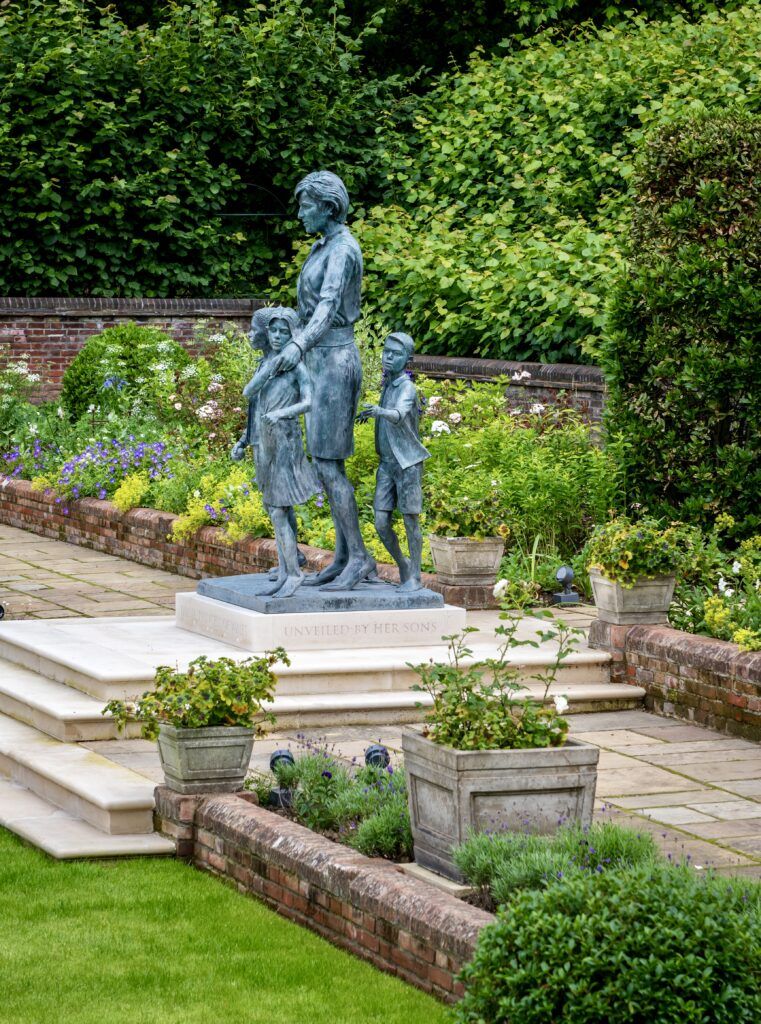
Who Lived At Kensington Palace?
So who lived at Kensington Palace and what were some of the famous goings on?
In its 300 year history, the palace was a venue for personal rivalry and intrigue. The palace even bills itself as the original fashion catwalk.
The first couple to make Kensington a royal palace were William and Mary, who reigned from 1689 to 1702. Mary wasn’t pleased with the match, but they became a loving couple.
In the late 17th century, Queen Anne, the younger sister of Mary, lived there.
Her close relationship with her confidant and rumored lover, Sarah Churchill, the Duchess of Marlborough, was the subject of much court gossip.
In 1710, they had a rousing fight in the Queen’s Closet and fell out forever. The Churchills were ostracized from the royal court.
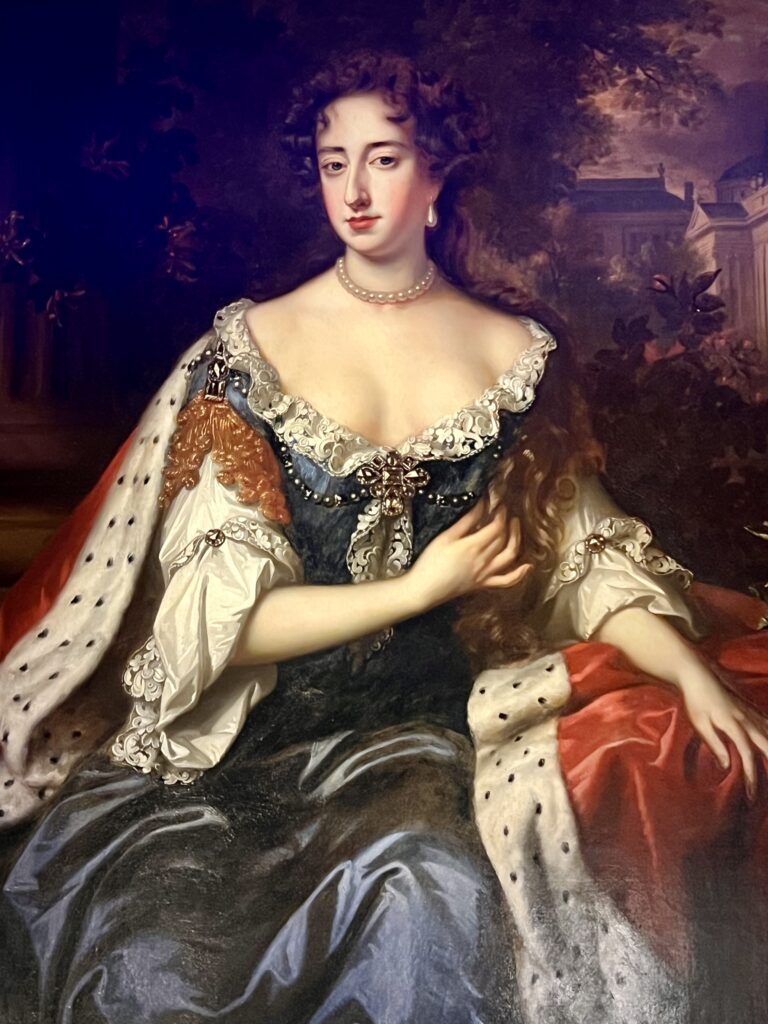
In the 18th century, Kensington Palace was the residence of King George II and Queen Caroline. Their tumultuous marriage was marked by numerous extramarital affairs and scandals, some of which played out within the palace walls.
The king didn’t even get along with his son, who would become George III (the king who lost the colonies).
In May 1818, the future Queen Victoria was born in the palace.
On June 20, 1837, she was awoken early in the morning and told she was the new sovereign. As I mentioned above, she relished her independence and banished her mother to the other end of the palace.
Princess Margaret, the sister of Elizabeth II, lived at Kensington Palace with Lord Snowden, a fashionable photographer.
They led a vibrant social life and hosted glamorous parties for a time. But they eventually divorced over extramarital divorces, which caused “open warfare” at the palace.
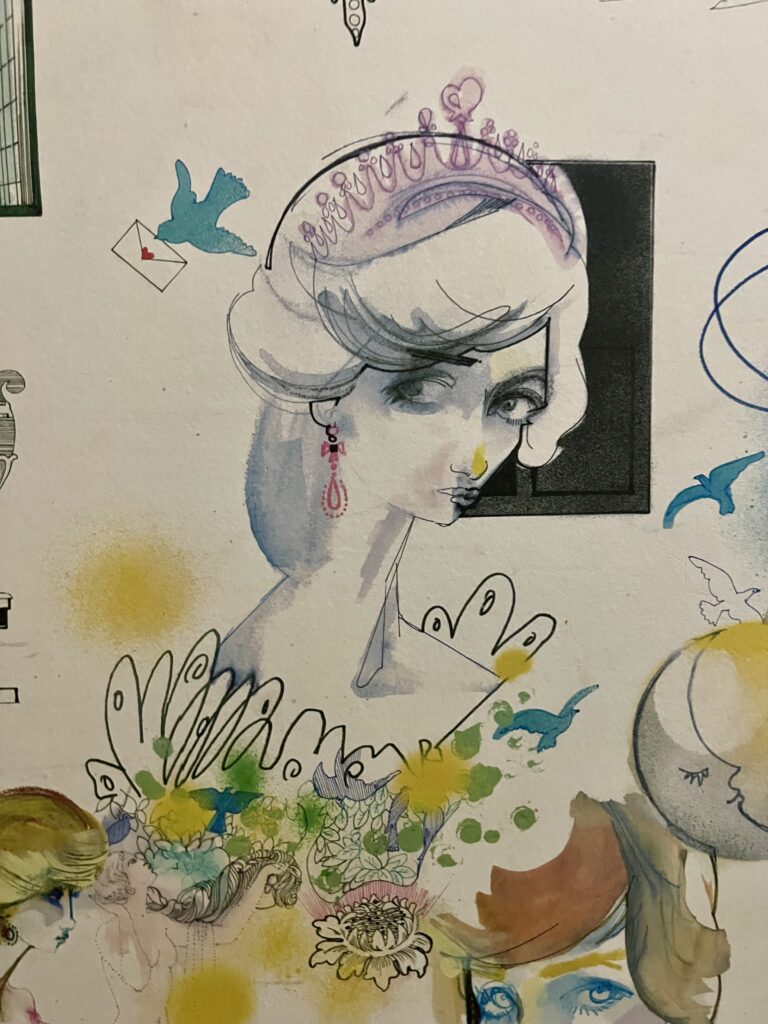
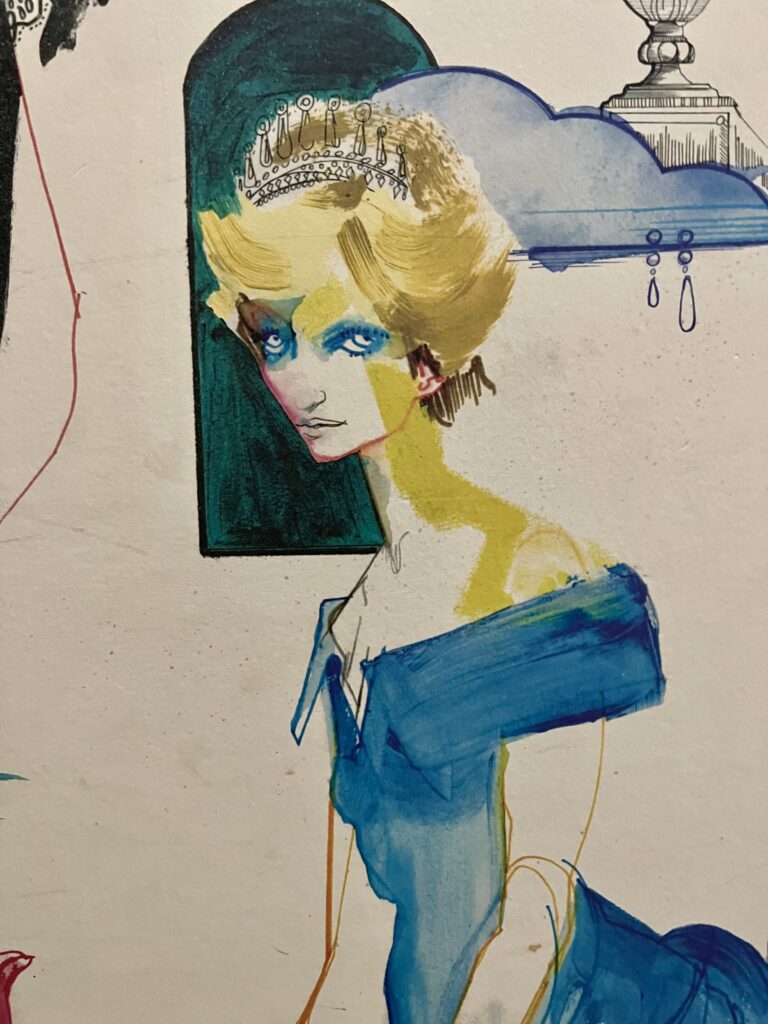
In 1982, then Prince Charles and Princess Diana moved in to Apartments 8 and 9. Diana transformed from a shy young woman into a stylish princess and hands on mother. Prince William and Harry grew up in the palace.
After the couple separated, Diana continued to live in Apartment 9. In her palace sitting room, the “people’s princess” gave her famous candid interview to Marin Bashir, in which she smashed taboos about what a royal could say in public.
Upon Diana’s death, thousands of flowers and bouquets were left at the palace. It’s one of the most iconic images of the palace.
In 2013, Prince William and Kate Middleton, then known as the Duke and Duchess of Cambridge, moved in to Apartment 1A for a few years. They converted Diana’s Apartment 9 into administrative offices.
Today, the palace is still a haunt for young royals.
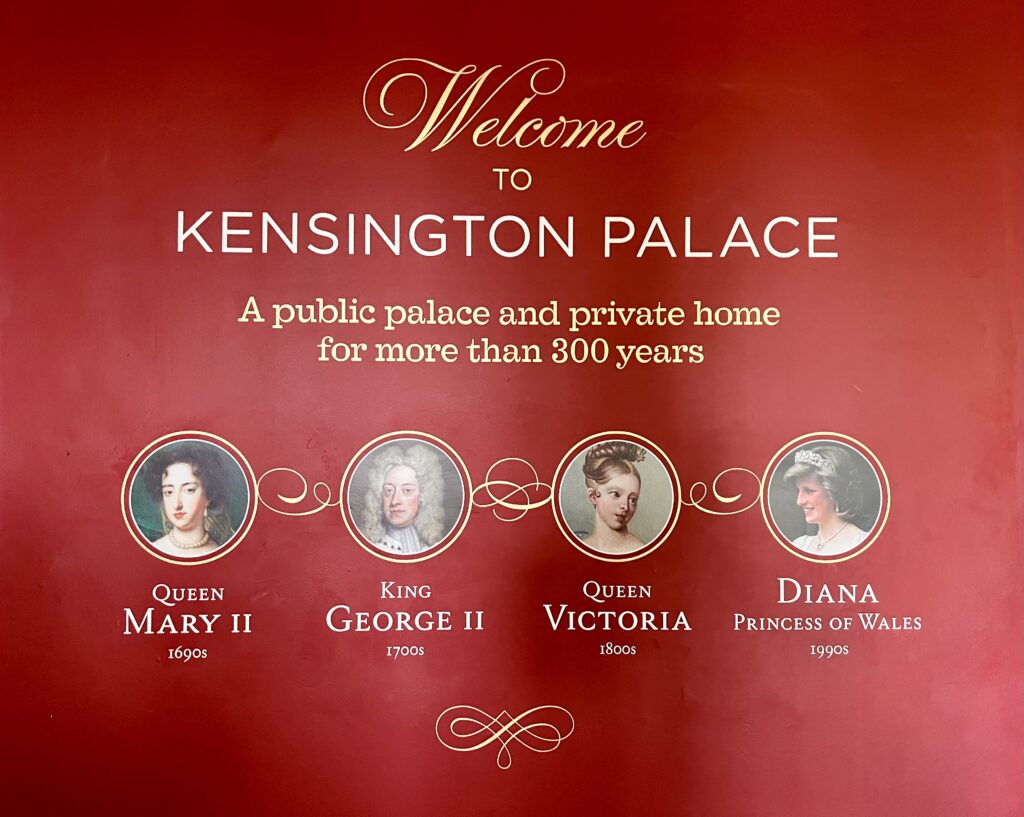
Practical Guide & Tips For Kensington Palace
Address: Kensington Gardens, London W8 4PX. The entrance is near the Queen Victoria statue, which is currently under restoration. The palace is a stop on the hop on hop off bus tour.
Hours: From March 1 to October 31, open Wednesday through Sunday 10:00 am to 6:00 pm. In winter, open Wednesday through Sunday from 10:00 am to 4:00 pm.
Admission:
25.40 euros adults, 20.30 euros seniors and students, and 12.70 euros for children under 15.
Click here to pre-book a timed entry ticket. There will be two entry lines corresponding to the time on your ticket. So be sure to get in the correct line.
The palace is also included in the London Pass. You may want to book a royal Kensington walking tour.
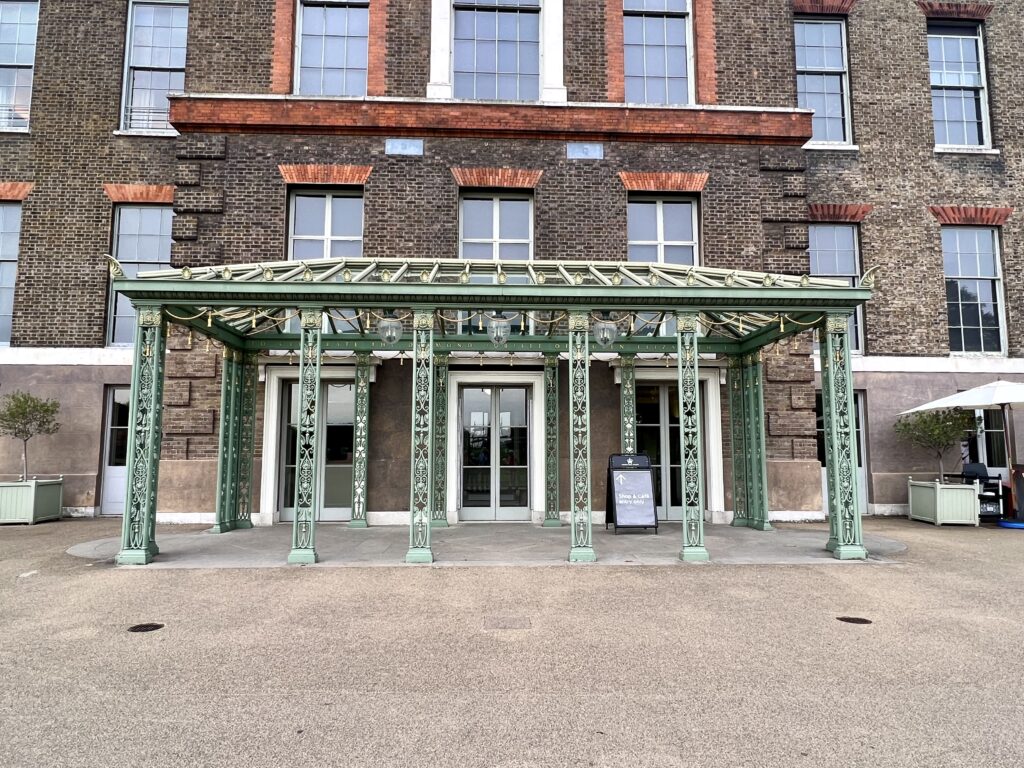
Pro Tips:
There are leather bound guides for each room, describing its contents and the paintings. You can take still photos. But you can’t use flash or take videos. No selfie sticks or tripods either.
If you are expecting to see the royal dress collection, it’s actually housed at Windsor Castle. Princess Diana’s dresses have been on display in the past. There is currently a temporary exhibit of her wedding dress, with its famous 25 foot train, in the Orangery.
Special Exhibitions:
The palace puts on special exhibitions. They seem to be geared toward fashion. When I’ve visited, I’ve seen an exhibit on Princess Dianas’s dresses and another on Crown to Couture. Unfortunately, the last exhibit obscured some of the historical paintings.
Afternoon Tea:
If you can’t resist an elegant tea, Kensington Palace offers them in the pavilion. You’ll definitely need to book a spot in advance anytime between 10:00 am and 4:30 pm.
>>> Click here to book a garden tour with high tea
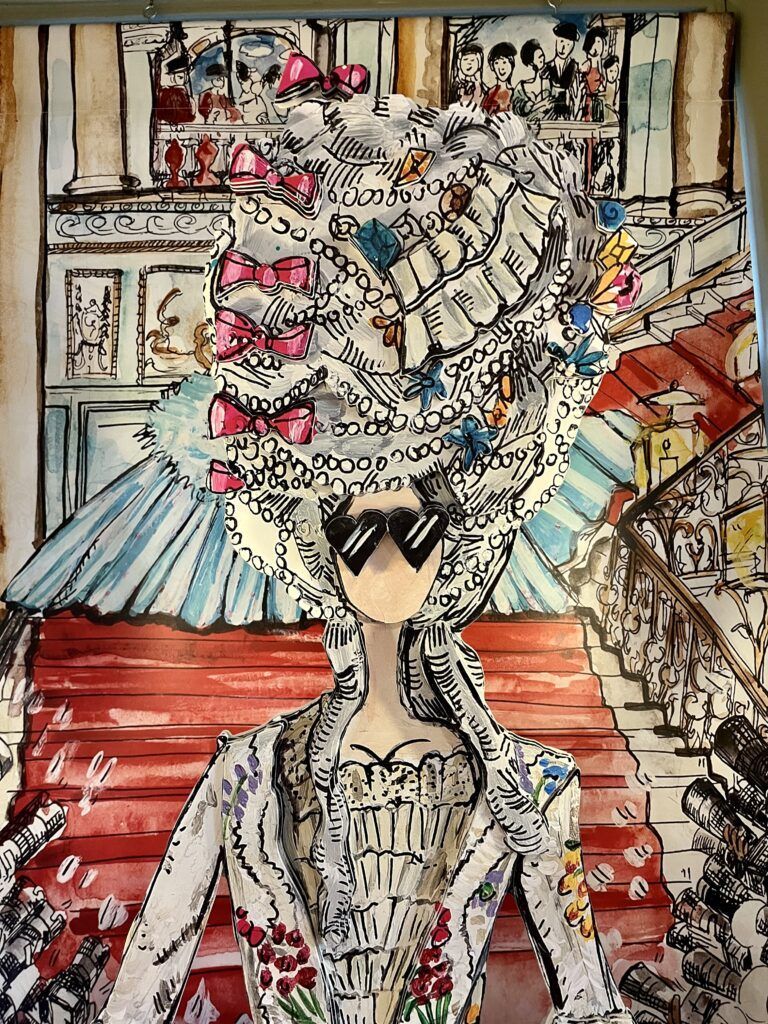
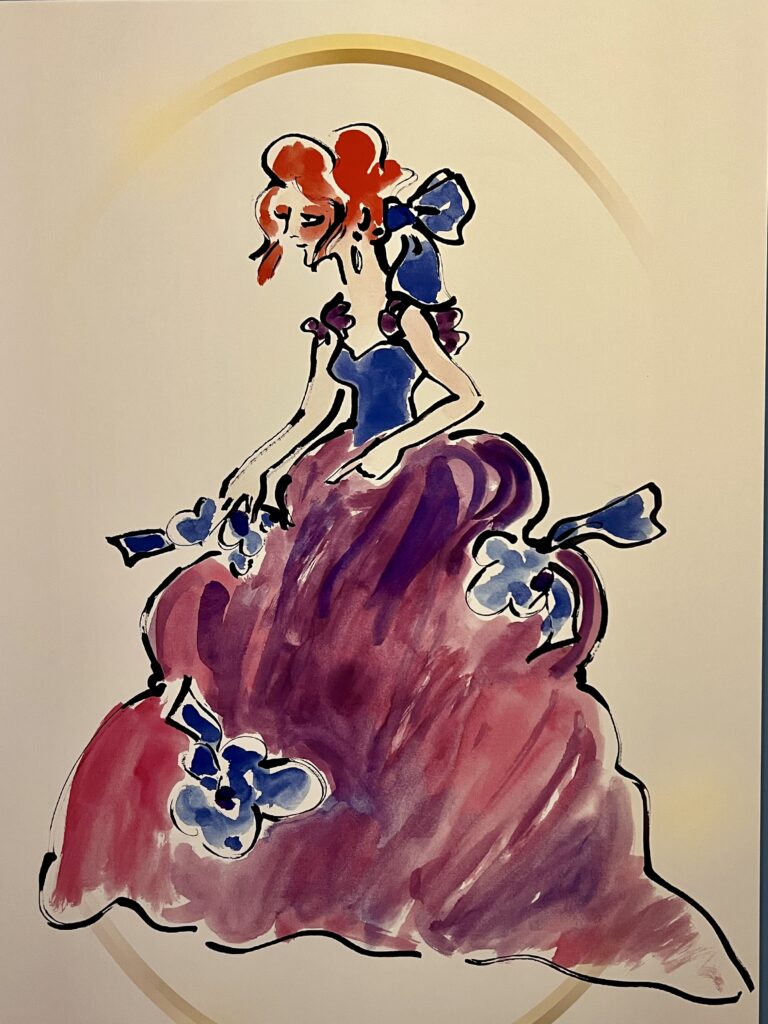
I hope you’ve enjoyed my guide to Kensington Palace. You may enjoy these other London travel guides and resources:
- 3 Day Itinerary for London
- 5 Day Itinerary for London
- Hidden Gems in London
- Tourist Traps To Avoid in London
- Best Museums in London
- Day Trips from London
- Harry Potter Places in London
- Guide to the Tower of London
- Guide to the Churchill War Rooms
- Guide To the National Gallery of Art
If you need a guide to Kensington Palace, pin it for later.

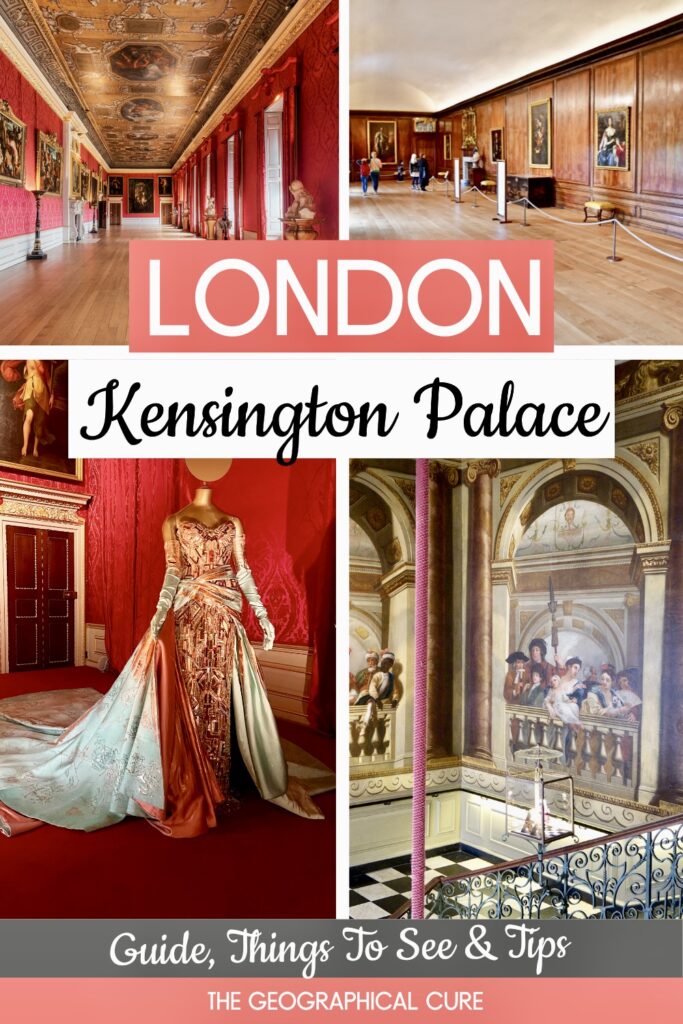
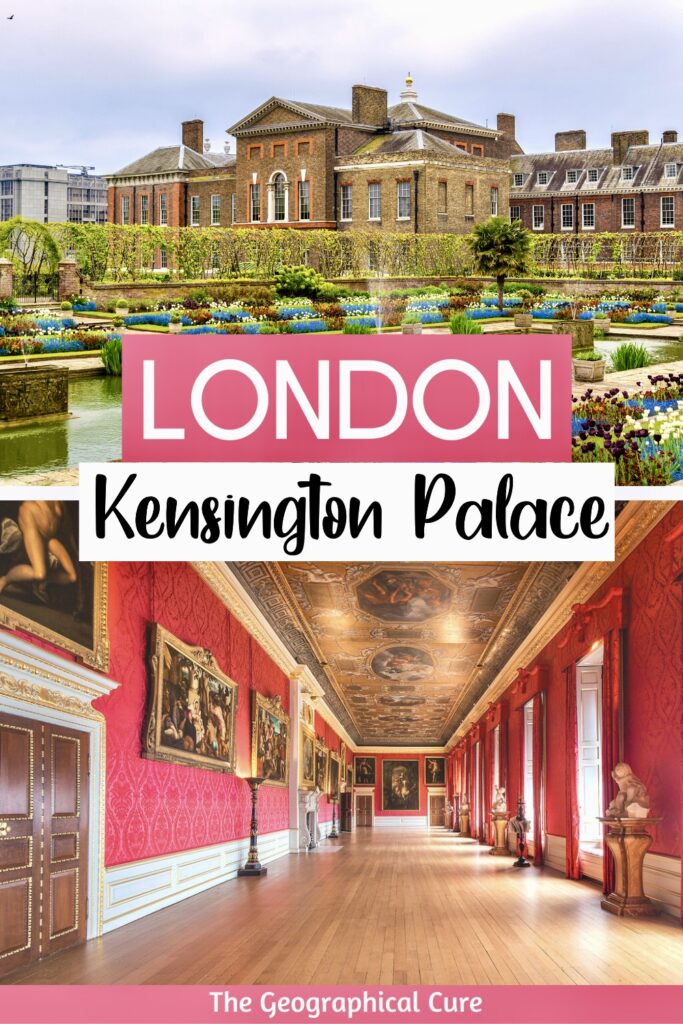
Love. A. Copy. Of. Book. About. Palace